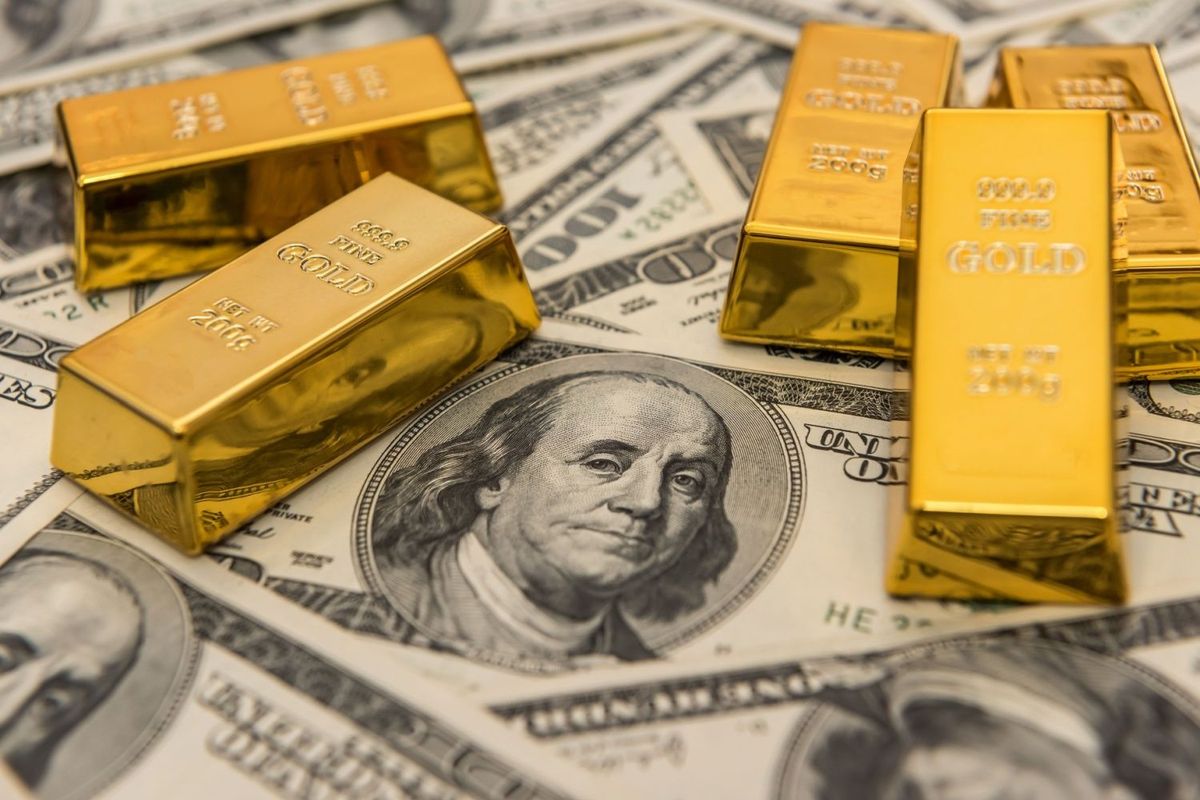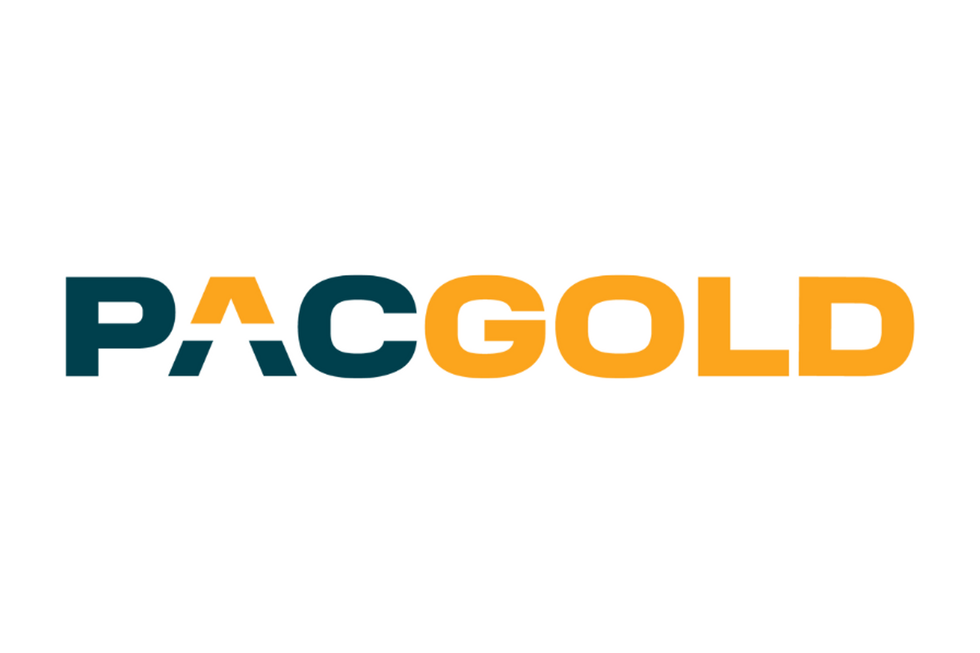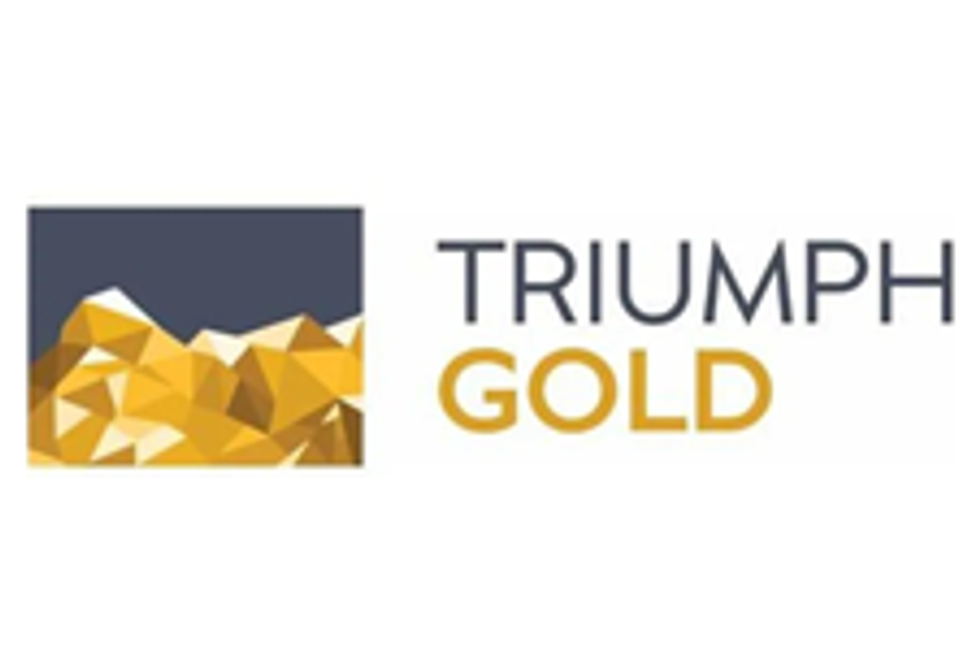The Gold Standard: Facts and History (Updated 2024)
What is the gold standard? Read on for an overview of what it is and when it began, as well as why and when it was removed.

The gold standard. Today the term denotes something that is the highest level of quality in its category.
Gold, with all its luster, has been sought after, fought over and prized for thousands of years. It’s been used as a sacred adornment and has projected the wealth and status of monarchs and nobility. And ever since the ancient Lydians minted the first gold coins around 550 BCE, the yellow metal has played an important role in the monetary system.
Over the millennia, gold has never lost its appeal, and by the end of the 19th century it had become a crucial component of how nations interacted with each other economically.
While it fell out of favor for fiat currencies in the middle of the 20th century, the idea that gold could once again underpin the global economy has never disappeared. What is the history the gold standard, and could it be revived again today?
Why did the world establish a gold standard?
Copper, silver, gold and alloys like electrum have been the foundation of trade and currency for thousands of years, and while they each command value among investors and collectors today, their weight is a major problem.
To deal with this, paper money in the form of promissory notes was created, with the earliest uses being little more than IOUs. It wasn’t until seventh century China that trade guilds began to issue receipts-of-deposit that eliminated the need for merchants to carry large quantities of coins for wholesale transactions.
These notes weren’t meant for widespread use, but their development eventually led a group of merchants to create a more formal system in Szechuan in the 10th century. Each was printed using anti-counterfeiting techniques and affixed with a seal from the issuing bank. Whoever held the banknote could have it converted back into metal at any time.
Because these notes were lighter than their metallic counterparts, they became popular among traders along the Silk Road between China and the Middle East. Eventually, the notion of printed money found its way back to Europe via travellers like Marco Polo and William of Rubruck who moved along the route in the 13th century.
However, the concept of paper money didn't catch on in Europe for another 400 years, when Sweden issued the first banknotes in 1661. These notes were redeemable for quantities of coins from banks, meaning that merchants no longer had to carry large amounts of copper and silver, which were heavy and easy to steal.
Despite initial skepticism, the notes proved to be popular, and the idea spread across the continent. That said, it wasn't entirely smooth sailing. Over time, issuers realized that not all bank notes would be redeemed, and began to print notes beyond the value of the metal they held in reserve. Sweden's paper money quickly lost its value, and the country's government ultimately decided to pay back and withdraw the notes in 1664.
Outside of Sweden, a lack of regulation around who could issue notes meant that states, cities, trade organizations and anyone with a press was able to print money. As a result, counterfeits were made by unscrupulous people. This undermined confidence in paper money and contributed to high inflation rates.
It wasn’t until England passed the Bank Charter Act of 1844 that a modern-style central bank began to appear, with strict regulations around which entities could print paper money. The act restricted commercial banks’ ability to issue notes, giving that power to the Bank of England, and required new notes issued by the Bank of England to be backed at a rate of “three pounds seventeen shillings and ninepence per ounce of standard gold.”
Even as this world power moved toward a gold-backed system, other nations remained on bimetallic systems, setting a ratio between gold and silver to allow for interoperability that was stabilized by France. In the US, this ratio was set at 15:1 silver to gold by the Coinage Act of 1792, and was later updated to 16:1 when the act was amended in 1834.
Interestingly, gold rushes in California in 1849 and Australia in 1851 flooded the markets with gold, causing a 30 percent increase in wholesale prices and altering the ratio between the metals in France.
The tipping point came in 1871, when Germany, following its victory over France in the Franco-Prussian war, made the switch from a silver currency system to a currency backed solely by gold. This was considered a preemptive move to avoid being excluded from fixed-rate systems that had formed between industrialized nations.
By 1900, gold-backed currencies had become the standard for most of the world apart from a handful of exclusions, including China and some nations in Central America.
What are the advantages and disadvantages of the gold standard?
In theory, the international gold standard provided an inherent mechanism for stability in the financial system, as trade imbalances would be self-correcting. This was called the price-specie flow mechanism by economist David Hume.
To illustrate, when a country had a surplus trade balance, the gold value of trade flowing out of the country would exceed the trade value of imports. Conversely, a deficit trade balance would have the opposite effect. This would cause inflation in countries with rising money supply and deflation in countries with decreasing money supply.
This rising and falling would subsequently cause trade with countries with high inflation to decrease due to high prices and trade with countries experiencing deflation to rise to take advantage of lower prices, bringing them back into balance.
While the gold standard provided relative stability to the global financial market in the long term it was far from perfect, as individual economies had reduced control over their own economic struggles. This was evidenced by the Panic of 1907 in the US, which began when two bankers tried and failed to corner the stock of United Copper. Their failure resulted in distrust of their banks and associates, ultimately sending panic through the markets and causing runs on banks and trusts.
This took place at a time when the effects of rising interest rates in Europe led to gold ceasing to move into the United States. This was compounded by the lack of an American central bank or lender of last resort, and with inflexibility under the gold standard, the US was left without a way to expand its monetary supply. This near collapse of the US financial system led to the eventual creation of the Federal Reserve in 1913, establishing an authority over US monetary policy.
The gold standard was further challenged in 1914 with the start of the First World War when major nations suspended the convertibility of domestic bank notes into gold and suspended the movement of gold over borders.
Born of necessity, this move provided greater flexibility for central banks to increase monetary supply without the limitation of physical holdings, ensuring war efforts could continue to be funded.
Even though these measures were meant to be temporary, they led to considerable chaos through the post-war period as nations worked to decrease high inflation caused by excess money supply while trying to return to the gold standard. Countries were left with limited choices: deflation or devaluation.
Britain chose deflation and returned to pre-war parity defining one pound sterling equal to 123.274 grains of gold. This had the effect of overvaluing the pound, which caused outflows in the gold supply. France, on the other hand, chose to devalue the Franc, which ultimately caused inflows of gold into its reserves.
For its response, the US chose to sterilize inflows of gold. The US paid a higher price than other countries, but instead of expanding monetary supply to match the influx, it maintained inventories and stabilized domestic pricing.
Despite US efforts to maintain its economy in the interwar period, global mass deflation provided a catalyst for the end of the gold standard as unemployment began to rise, ultimately triggering the Great Depression. This period marked the beginning of the end of the classical gold standard, and in 1931 Japan and the United Kingdom dropped the connection to gold, followed by the United States in 1933.
When did the gold standard end?
Against the backdrop of the Second World War, representatives from 44 nations met in the US in Bretton Woods, New Hampshire, in July of 1944. Discussions centered around the creation of a system that would provide efficient foreign exchange to create a more stable global economic system than what had arisen between the World Wars and ultimately caused the implosion of the global economy.
Plans for a new global economic system took years to develop, with competing ideas from famed economist James Maynard Keynes and Harry Dexter White, chief international economist for the US Treasury Department. Keynes proposed a grand vision to build an international central bank with its own reserve currency, while White suggested the establishment of a lending fund with the US Dollar as the reserve currency.
The agreement chose elements from both proposals but leaned in favor of White’s suggestion. It declared the US dollar would be pegged to the value of gold at US$35 per ounce. Additionally, the other 44 states who signed on to the accord would have their currencies pegged to the value of the US dollar with diversions of only 1 percent being permitted.
This system helped to minimize volatility of exchange rates and facilitated international trade.
To aid the functioning of the agreement, it also established two critical institutions: the International Monetary Fund (IMF), which would monitor exchange rates and provide support when needed, and the World Bank, which was originally established to manage funds and provide loans and assistance to nations to rebuild after WW2.
However, when the nations met in December 1945, only 29 had come to sign the agreement; the Soviet Union was notably absent. The USSR’s rejection of Bretton Woods marked a milestone in a developing rift that led to the Cold War.
In his election speech in February 1946, less than two months after the signing of Bretton Woods, Joseph Stalin blamed World War 2 on capitalism. “Marxists have more than once stated that the capitalist system of world economy … does not proceed smoothly and evenly, but through crises and catastrophic wars,” he said.
Less than a month later Winston Churchill gave his famed Sinews of Peace speech in Fulton, Missouri, in which he stated, “From Stettin in the Baltic, to Trieste in the Adriatic, an iron curtain has descended across the continent.”
Bretton Woods policies came into full effect in 1958 with mixed results, and the US dollar struggled to maintain parity with gold throughout much of the 1960s in part due to increased domestic and military spending.
In 1971, under orders of US President Richard Nixon, the convertibility of the dollar into gold was suspended as the dollar became overvalued and the amount of gold in reserves was no longer sufficient to cover the monetary supply. There were attempts to revive the system, but by 1973 Bretton Woods collapsed and national currencies once again floated against each other.
Following the end of the agreement, the IMF allowed members to choose whichever exchange arrangement, allowing them to float against each other or a basket of currencies. However, members were prohibited from pegging their currencies to gold.
The gold standard today
The subsequent years following the collapse of Bretton Woods have seen the dominance of the United States in the global financial system. Though no longer tied to gold, it remains the world’s reserve currency.
Being tied to gold provided the economy with relative stability from inflationary pressures, but it also restricted the overall monetary supply and made it more difficult for borrowers to pay back loans.
Under the current system, central banks work to ensure that inflation remains in a range that can stimulate growth in the economy but not let it get to the point where it’s out of control and the cost of goods rises more quickly than wages.
Proponents of a gold standard today will point at the runaway inflation of the early 1980s and following the COVID-19 pandemic reasons why a gold standard is better for the overall economy and reduced volatility.
However, the lack of inflation under the gold standard was a criticism levelled by opponents. This was a particular issue in the late 1800s, when deflation was happening at a rate of 1 to 2 percent per year in the US. This resulted in loans becoming more costly, a problem in particular for the country’s farmers who relied on them to buy land and equipment.
Will we return to the gold standard?
Some analysts such as Jim Rickards believe in the return of the gold standard and have suggested that the BRICS nations are in the process of creating a new gold-backed currency, as evidenced by bulk purchases of gold by the Chinese central bank.
While a reserve currency for the BRICS nations may seem like a logical step for the bloc to facilitate trade between member nations, the likelihood that it will be backed by gold seems nonsensical to most analysts, as CPM Group Managing Director Jeffery Christian told Investing News Network in August 2023.
With regards to a return to a global or US gold standard, this also seems incredibly unlikely and ill-advised.
In 2024, the World Gold Council estimated that 212,582 metric tons of gold has ever been mined; at the February 28 spot price of US$2,034, that gold would be worth just over US$15 trillion. Meanwhile, the total value of monetary supply of the world’s four largest central banks, the United States, European Union, Japan and China sat at approximately US$87.16 trillion at the end of 2023, and total global wealth surpassed US$454.4 trillion at the end of 2022.
The US encountered problems with an insufficient supply of gold before the collapse of Bretton Woods. Going further back, reducing through devaluation or deflation wreaked havoc in the global post-war economy of the 1920s.
With greater wealth and far more money supply today, the economy would face far more headwinds and more disastrous potential should there be a shift back towards a gold standard.
To move to a gold-backed currency, a country would have to have enough physical gold in reserve to support its monetary supply. There isn’t enough gold in the world.
This is an updated version of an article first published by the Investing News Network in 2019.
Don’t forget to follow us @INN_Resource for real-time news updates!
Securities Disclosure: I, Dean Belder, hold no direct investment interest in any company mentioned in this article.
- Trump and the Gold Standard ›
- Top 10 Central Bank Gold Holdings ›
- Why Do Central Banks Buy Gold? ›
- How Would a New BRICS Currency Affect the US Dollar? (Updated 2024) ›
- Could a BRICS Currency be Backed by Gold? ›






